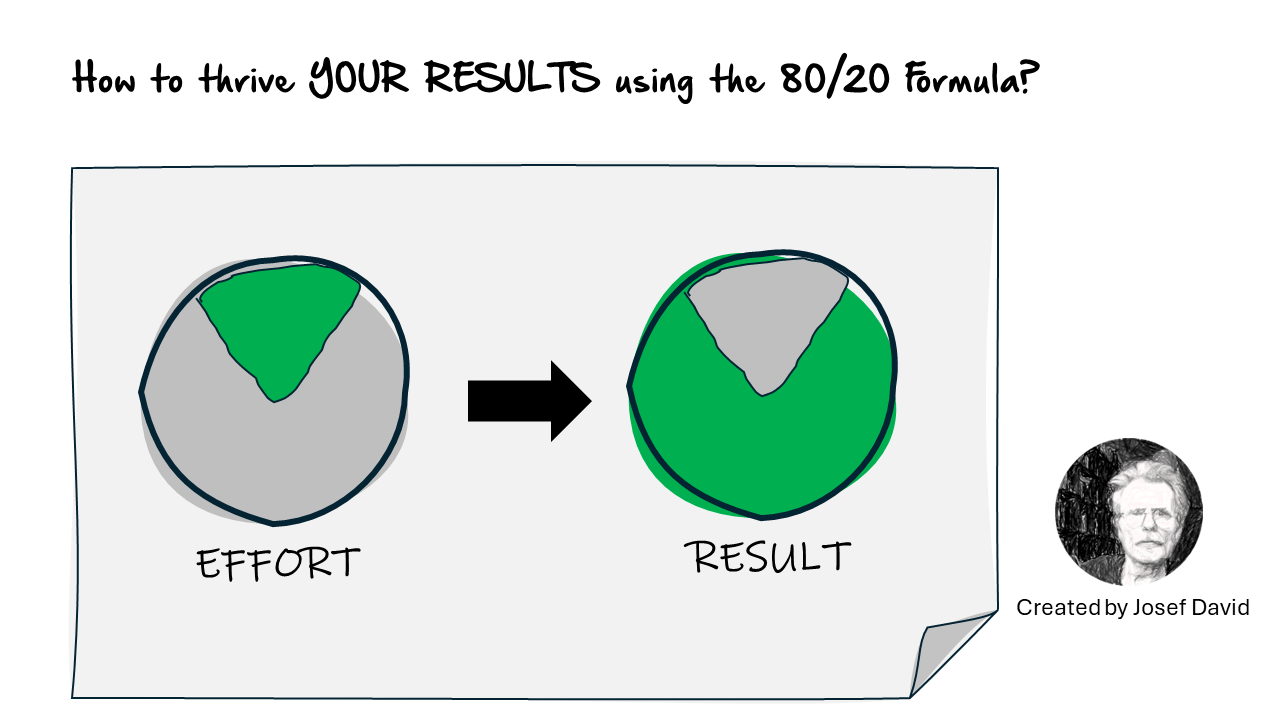Defining the Pareto Rule for Developing a Market
The Pareto Principle, also known as the 80/20 rule, is a concept that was developed by Italian economist Vilfredo Pareto in the late 19th century. The principle suggests that roughly 80% of effects come from 20% of causes. In business terms, it often translates to 80% of your sales coming from 20% of your customers or 80% of your profits coming from 20% of your products.
When it comes to developing a market, the Pareto Principle can be an invaluable tool. It can help businesses identify and focus on the most profitable segments of their market, thereby maximizing their return on investment. However, it’s important to note that the Pareto Principle is not a hard and fast rule but rather a guideline to help businesses prioritize their efforts.
Applying the Pareto Rule for Developing a Market
To apply the Pareto Principle in developing a market, you first need to identify your top-performing products or services. These are likely to be the ones that generate approximately 80% of your profits. Once you’ve identified these key products or services, you can then focus your marketing efforts on promoting them to the right audience.
Next, you need to identify who your top customers are – these are likely to be the ones who contribute approximately 80% of your sales. Understanding who these customers are and what they value can help you tailor your marketing strategies to attract more customers like them.
Another way to apply the Pareto Principle in developing a market is by focusing on the most effective marketing channels. If you find that 80% of your leads come from 20% of your marketing channels, it makes sense to invest more resources into those channels.
Finally, consider applying the Pareto Principle internally within your organization. If you find that 80% of your productivity comes from 20% of your team, it may be worth investing in training and development for those high-performing individuals.
Conclusion and Actions
In conclusion, the Pareto Principle can be a powerful tool for developing a market. By focusing on the most profitable products or services, the most valuable customers, the most effective marketing channels, and the most productive team members, businesses can maximize their return on investment and achieve sustainable growth.
However, it’s important to remember that the Pareto Principle is not a one-size-fits-all solution. Each business is unique and will have its own 80/20 distribution. Therefore, it’s crucial to regularly review and adjust your strategies based on your own data and insights.
As a final action step, consider conducting an 80/20 analysis of your business. Identify your top-performing products or services, your top customers, your most effective marketing channels, and your most productive team members. Then, develop strategies to focus on these key areas and monitor your progress over time. By doing so, you can leverage the power of the Pareto Principle to develop your market effectively.
